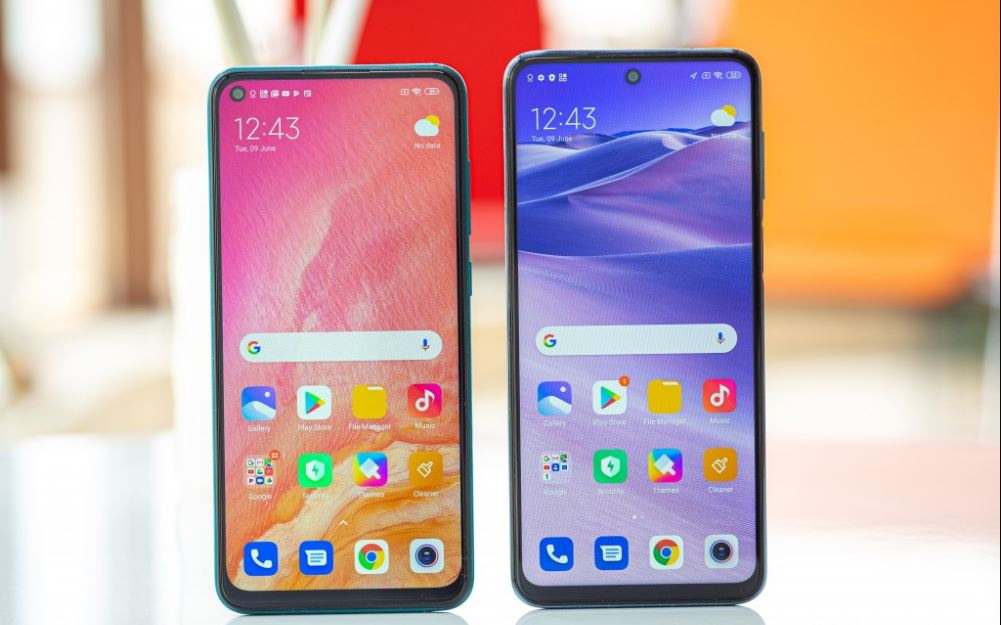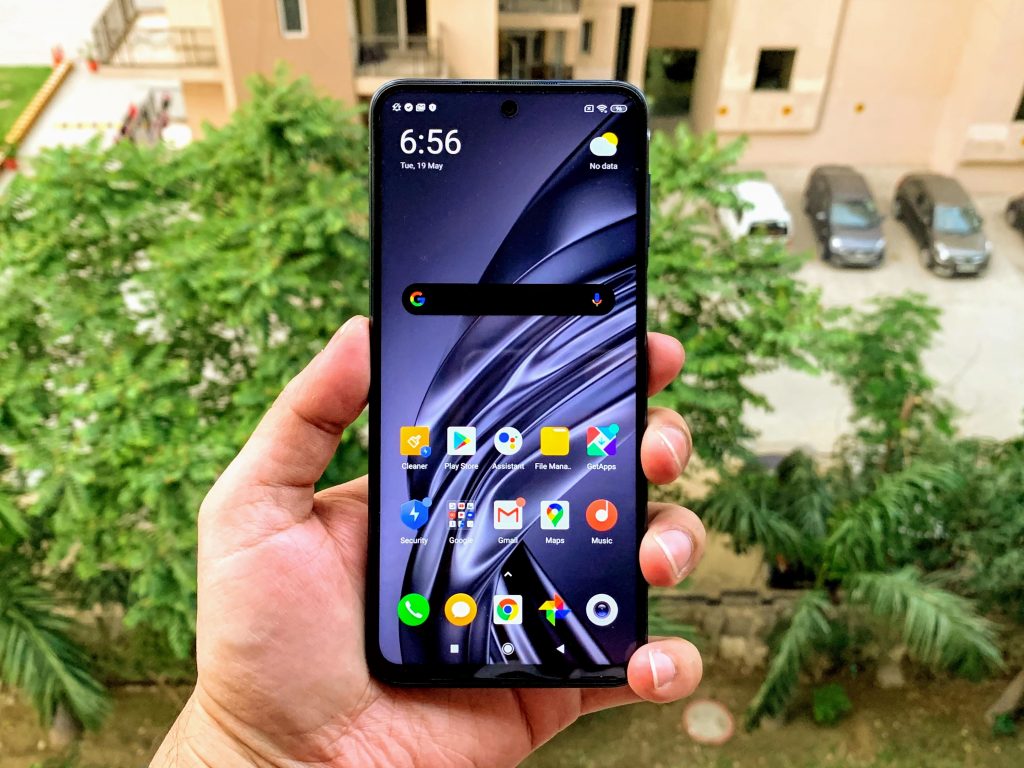
MediaTek’s new Helio G85 processor is found in the Redmi Note 9 for the first time, thanks to Xiaomi. This SoC was introduced in May of this year by a Taiwanese chipmaker.
In America, the Note 9 is also available for a low starting price, similar to the Redmi 9. $170-190 buys you 64 GB of internal storage and 3 GB of RAM. At the time of writing, the most expensive model has 128 GB of RAM and 4 GB of working memory.
Additional features include a 1080p display with a punch-hole design, a 6.53″ diagonal, and a quad-camera system with a 48-MP primary sensor powered by the Helio P60 processor. The Redmi 9’s 5020 mAh battery is similar to that of the Redmi 9’s sibling.
Full Review of Redmi Note 9
This Redmi Note 9 and a more powerful Note 9 Pro will be available in the UK with the Redmi Note 9S is Xiaomi’s 2020 cheap phone lineup. The 9 is significantly less expensive than the 9S, but it compromises some screen space, the Snapdragon 720G, and other features.
With a 5,020mAh battery and a very identical quad-lens rear camera as the 9S, we examine whether the slight savings are enough to persuade you to choose the younger brother.
Specifications of Xiaomi Redmi Note 9:
- Processor: Cortex-A75 / A55, Mediatek Helio G85 8 x 1.8 – 2 GHz
- Memory: 3072 MB
- Display: Capacitive Touchscreen, 6.53″ 19.5:9, 2340 x 1080P 395 PPI, Gorilla Glass 5, IPS LCD
- Graphics Adapter: ARM Mali-G52 MP2
- Storage: 64 GB eMMC Flash, 47.5 GB Free
- Charging: Fast Charging
- Battery: 5020 mAh Lithium-Polymer
- Operating System: Android 10
- Price: see current price on Amazon
Accessories and Warranty
The Redmi Note 9 comes with a USB cord, a protective case, and a 22.5-Watt charger. A 12-month warranty is included in the purchase price of the Xiaomi smartphone.
However, if you buy it from an American retailer, you’ll still get the required 24-month warranty.
No Competition for Excellence in Performance

MediaTek’s Helio G85 engine instead of Qualcomm’s Snapdragon 720G in Redmi Note 9 is one of the key distinctions between the Redmi Note 9 and 9S and 9 Pro.
Instead of the Adreno 618 found in the 720G’s Adreno 720, the Mali-G52 graphics engine is included in its 2GHz processor. Compared to the cheaper Redmi Note 9 versions, this one comes with only 3GB or 4GB of RAM and 64GB or 128GB of internal storage, respectively.
Design
The Redmi Note 9 falls into the “useful plastic” end of things with its plastic design. The front Gorilla Glass 5 panel is the only glass you’ll find on this phone, and it’s barely there.
Of course, you wouldn’t expect high-quality materials for less than $200. While Xiaomi’s design isn’t exactly groundbreaking, it does have a beautiful blue frame finish and a rear panel that varies from sky blue at the top to lavender towards its bottom.
Display

The good news is that the display is a huge 6.53-inch IPS panel with a brightness of 450 nits, which is decently bright, even though it boasts a Full HD+ resolution.
For a low-cost LCD, this is quite accurate in terms of color reproduction. Our test period with the device was enjoyable, even if we couldn’t achieve the deep, inky blacks we were looking for.
Colors pop a little more when using the Saturated display option, but the difference isn’t as noticeable on Xiaomi’s OLED-equipped handsets like the Poco F2 Pro. With the basic Auto option, we were satisfied.
High-refresh-rate magic, typically reserved for more expensive phones, is not available on the Redmi Note 9. This display is a good example of Xiaomi focusing on the right things with its cheap offerings.
Conclusion
The Xiaomi Redmi Note 9 is a fantastic deal, whether you choose the $190-200 model or the $170-185 model we tested. Motorola Moto G8’s performance is on pace with this phone’s FHD display, quad-camera configuration, and other major features, making it a worthy rival.
It has been our go-to affordable smartphone since the Redmi Note 8T debuted. The Xiaomi Redmi Note 9 is better than the Redmi Note 8T in most ways, if not better.
As a result, the Redmi Note 8T has a better display than the Note 9 in terms of color accuracy, brightness and contrast. In the end, if your budget is less than $200, and you’re looking to get the most bang for your buck, either phone would suffice.



